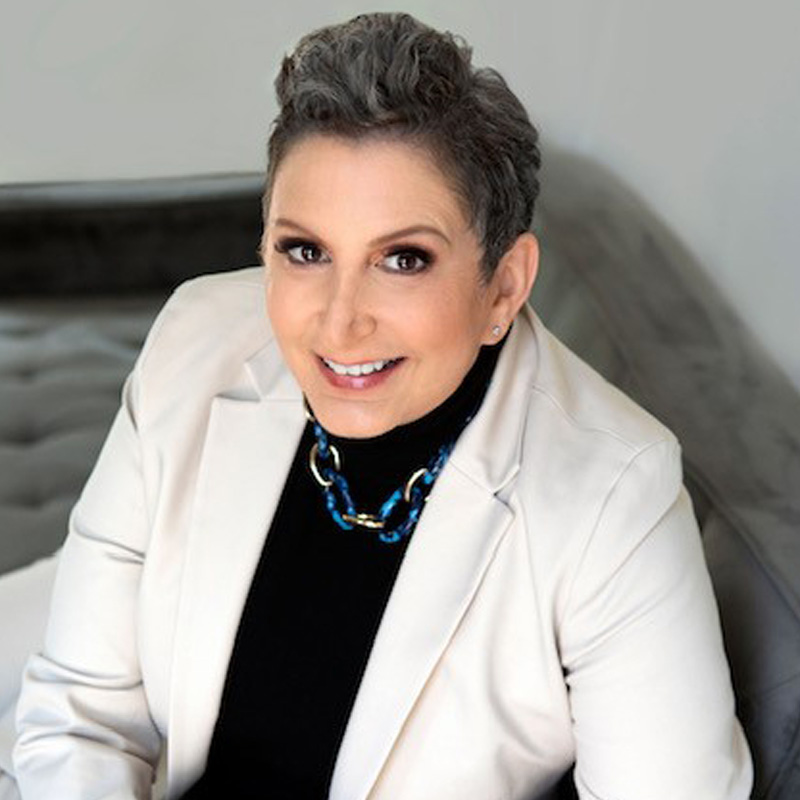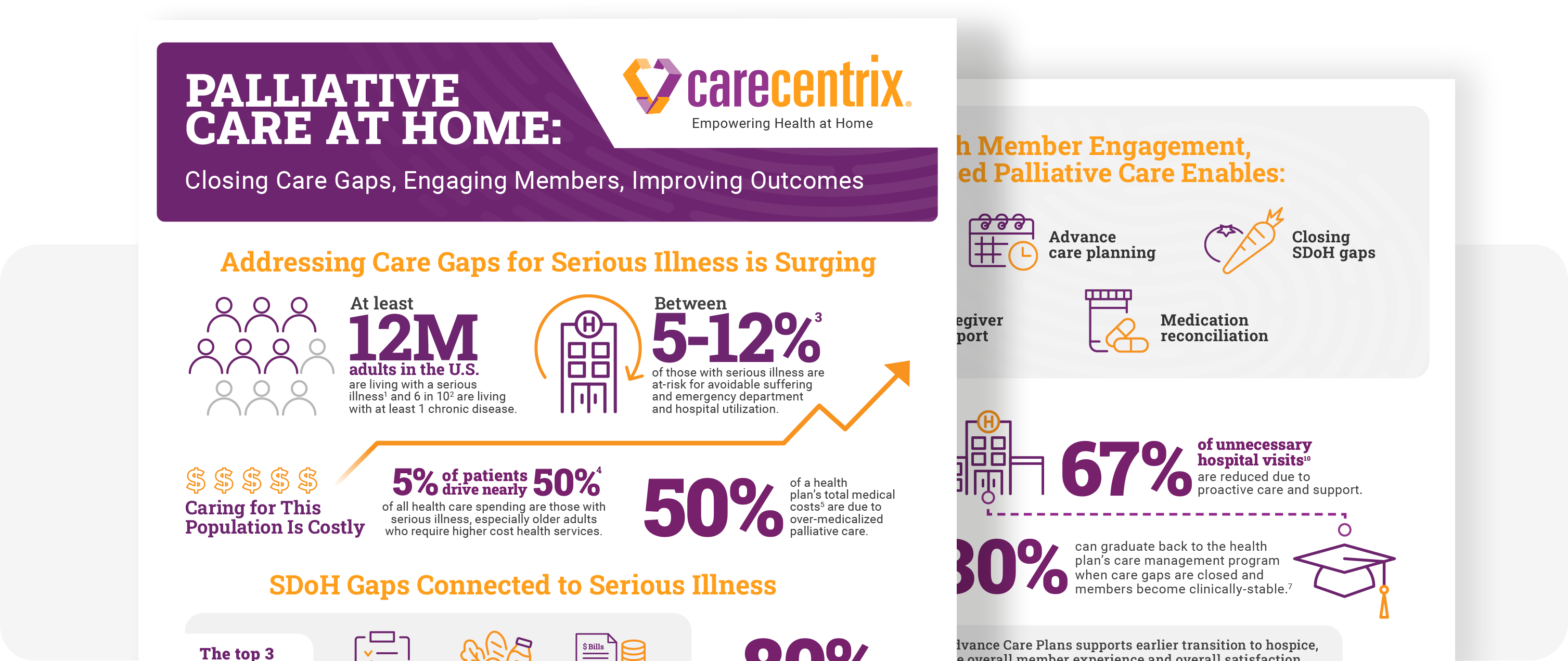
Dr. Carmella Sebastian on why she joined CareCentrix and her commitment to making aging at home a reality for more people
While I was interviewing to be the Chief Medical Officer at CareCentrix, I was asked a question that we’ve all probably heard before in a job interview, “Why do you want to join our company?” But I gave an answer I’d never given before: I want to die at home.
I’ve seen what the other options are like. I’ve taken care of relatives living out their final days in impersonal facilities where they inevitably don’t want to be. But I’ve also seen the alternative – people aging at home, surrounded by loved ones in the place they feel most comfortable. I’m committed to making the latter option the reality for more people, and I know that CareCentrix is the best place to do that.
This preference for aging at home is not a unique one, and from a technological and logistical standpoint, it’s one that should be possible for most people, so why isn’t it happening more? There are three key reasons.
The first is an entrenched culture and expectation that people live out their final days away from home. It can be hard to break free from these sorts of established norms, but the reality is things haven’t always been this way. Not long ago, the norm was for hospital beds to be wheeled into the dining room of the house, with a grandparent living out their final days at home with the ones they loved. It’s what used to happen in my own family. If this is how things used to be, it’s surely within our grasp to make it the default again.
The second reason not enough people have the opportunity to die at home is that people now live longer than they used to, but not always healthier. A report from the McKinsey Health Institute says that although life expectancy has more than doubled over the past 200-plus years, the proportion of people’s lives that is spent in poor or moderate health has remained unchanged at 50 percent. That means a person’s final years can come with additional health-related challenges, making them dependent on others for longer periods at the end of life. That can add an additional burden on unpaid family caregivers to take on that responsibility for extended periods, leading them to seek help from what has become the standard option, facility-based care.
The third reason is that family caregivers often lack the knowledge and support they need to properly care for their loved ones at home. Think, for example, of a caregiver for an individual on dialysis, as my mother-in-law was. She needed transportation to and from the dialysis center three times a week, something that can be unsustainable for many caregivers with full-time jobs, children to look after, and other responsibilities, unless they’re provided with additional support.
These obstacles to moving more care to the home are real, but they can all be addressed if those across the industry commit the necessary resources to make care at home work. That means identifying, utilizing, and supporting caregivers that play critical roles in helping individuals age at home and looking to our past to create a future where aging at home is the norm.
I joined CareCentrix because they’re leading the way toward this vision, especially for serious illness care at home. I look forward to contributing to helping more people heal, age, and die at home.
Visit our Serious Illness Care at Home page to learn more about our ability to address whole-person care and enable a better quality of life for your members aging at home.






